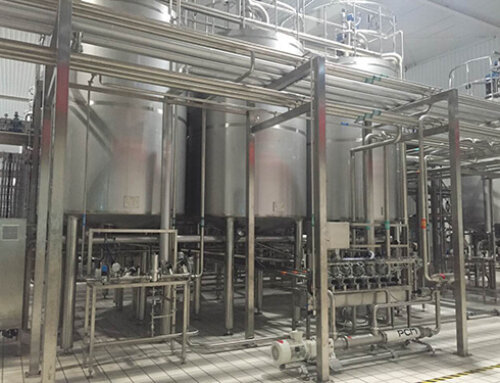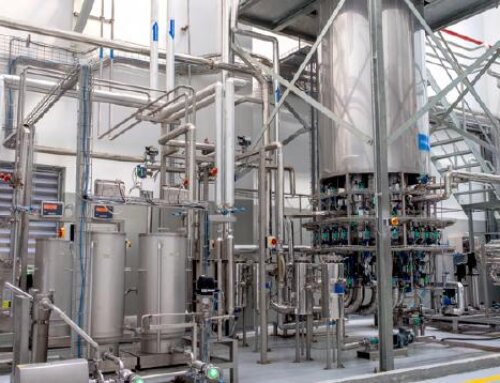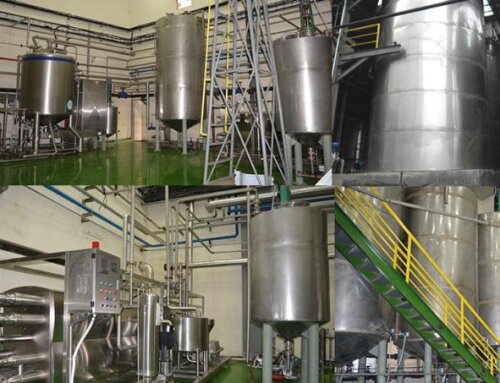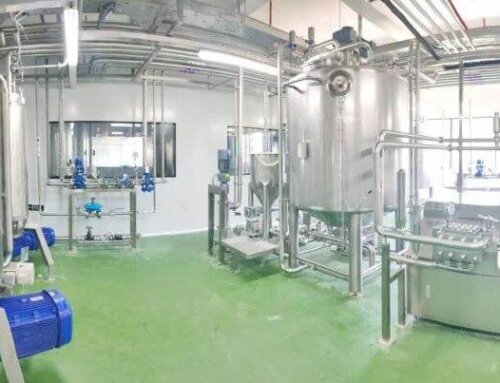During the production and storage of fruit and vegetable juice, quality problems such as deterioration, discoloration, and taste change often occur. How to prevent this phenomenon is a prominent problem in the production of fruit and vegetable juice, and is also the key to improving the quality of fruit and vegetable juice beverages.
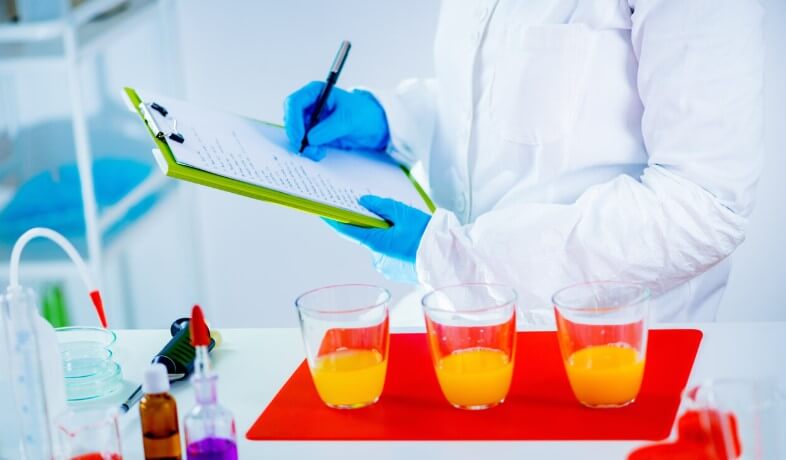
The Influence Of Microorganisms On The Quality Of Fruit And Vegetable Juice
The hazards of microorganisms on fruit and vegetables
The growth and reproduction of microorganisms can cause the spoilage of fruit and vegetable juice beverages, which is mainly manifested in the change of taste, and can also cause mold growth, turbidity and fermentation. These are caused by three different types of microbial: bacteria, molds and yeasts.
- The hazards of bacteria
The common bacteria in fruit and vegetable juices are lactic acid bacteria, acetic acid bacteria and butyric acid bacteria.
Lactic acid bacteria can multiply rapidly under anaerobic conditions, have great endurance to carbon dioxide, acid resistance, and are harmful to low-acid juices, such as apples, pears, citrus and grape juice. Most of the lactic acid bacteria are attached to the surface of fruits and vegetables, especially the pollution of rotten fruits is more serious.
Acetic acid bacteria are more common in ripe fruits and damaged fruits. When fruit and vegetable juice contaminates acetic acid bacteria, it is easy to produce acetic acid, which makes beverages sour.
Butyric acid bacteria grow in apple juice with a PH value of 4, and the butyric acid produced has a special peculiar smell.
- The hazards of mold
After fruit and vegetable juice is contaminated with mold, the quality deteriorates and produces a musty smell. Mold can destroy pectin and clarify fruit and vegetable juices. It can also change the acid composition or produce new acids, which can deteriorate the flavor. Some molds even change the color of fruit and vegetable juices due to the production of pigments. Most of these bacteria require oxygen, are sensitive to carbon dioxide, and are mostly killed during juice heat treatment.
- The hazards of yeast
Yeast is an important bacteria that causes the spoilage of fruit and vegetable juices. Different yeasts have different characteristics, but only some yeasts have an effect on fruit and vegetable juices. Yeast can cause the fermentation of fruit and vegetable juices to produce ethanol and carbon dioxide, which causes “can swell” Phenomenon. Sometimes organic acids can be produced to decompose the original acids in the fruit, and sometimes lipid substances are produced. Yeast needs oxygen, and its activity is inhibited under low-temperature conditions.
Control measures of reducing microorganisms on fruit and vegetable juice
The chemical components contained in fruits and vegetables, such as carbohydrates, organic acids, nitrogenous substances, vitamins and minerals, are all necessary for the growth of microorganisms. Therefore, various measures must be taken during the processing to avoid microbial contamination:
- Fresh, mildew-free, disease-free fruits are used as raw materials, pay attention to the washing and disinfection of the raw materials;
- Pay attention to strict disinfection of the workshop, equipment, pipes, tools and containers;
- Shorten the processing time;
- After the juice is filled, the seal must be tight and immediately;
- Under the premise of ensuring the quality of fruits and vegetables, sterilization is thorough, and the PH value of fruit and vegetable juice is appropriately reduced, which is beneficial to improve the sterilization effect.
Quality Changes Of Fruit And Vegetable Juice During Processing And Storage
Changes in nutrients of fruit and vegetable juice
During the processing of fruit and vegetable juices such as crushing, squeezing, sieving, degassing, homogenization and heat sterilization, the nutrients contained in fruit and vegetables will be lost to varying degrees, especially for the loss of vitamin C. In order to avoid this loss, we must take some measures to avoid the oxidation of fruit and vegetable juice:
- Select fresh fruit and vegetable as raw material;
- Prevent the fruit and vegetable juice from contacting copper, iron and other metal appliances;
- Prevent microbial contamination and semi-finished products backlog;
- Reduce the heating time of fruit and vegetable juice.
Changes in tastes of fruit and vegetable juice
Whether a fruit and vegetable juice can meet the needs of customers depends on whether it can preserve the flavor. Improper processing of fruit and vegetable juice beverages and unsuitable conditions during storage will cause the product to change taste:
- The raw materials are not fresh, and it is impossible to produce products with good flavor;
- Excessive heat treatment during processing will significantly reduce the flavor of fruit and vegetable juice beverages;
- Improper ingredients blending will reduce the flavor of fruits and vegetables;
- Various oxidation and browning reactions during processing and storage not only affect the color of fruit and vegetable juice, but the flavor will also deteriorate;
- Undesirable substances produced by microorganisms can also make fruits and vegetables taste bad.
Changes in colors of fruit and vegetable juice
The color changes of fruit and vegetable juice are more obvious, including the discoloration caused by pigment substances and browning.
- Discoloration caused by pigment substances: The natural pigments in fruit and vegetable juices are divided into carotenoid pigments and polyphenol pigments. When the fruit and vegetable juice is heated, the chlorophyll protein denatures and releases chlorophyll. At the same time, organic acids in the cells are also released, which promotes the desorption of chlorophyll. Magnesium becomes pheophytin; adding acid to fruit and vegetable juices will also turn chlorophyll into pheophytin and make the juice color disappear.
- Browning causes discoloration of fruit and vegetable juice: non-enzymatic browning of fruit and vegetable juice produces melanin, which deepens its color. The discoloration caused by non-enzymatic browning is obvious to light-colored fruit and vegetable juice beverages, and has a greater impact on concentrated fruit juices. The main factors affecting non-enzymatic browning are temperature and pH value. The heating temperature of fruit and vegetable juice should be reduced as much as possible, the pH value should be controlled below 3.2, and contact with non-stainless materials should be avoided to delay the non-enzymatic browning of fruit and vegetable juice. Enzymes in fruit and vegetable tissues are exposed to air during processing, and polyphenols will generate colored quinones under the catalysis of enzymes, which will brown the fruit and vegetable juices. Appropriate ascorbic acid and malic acid can be added to inhibit enzyme browning and reduce color changes.
